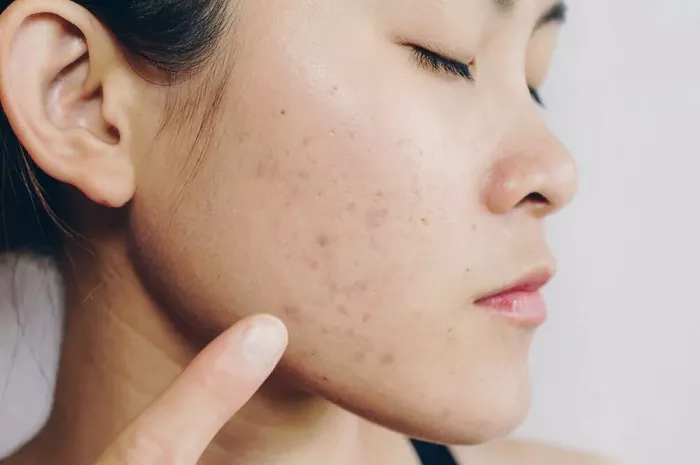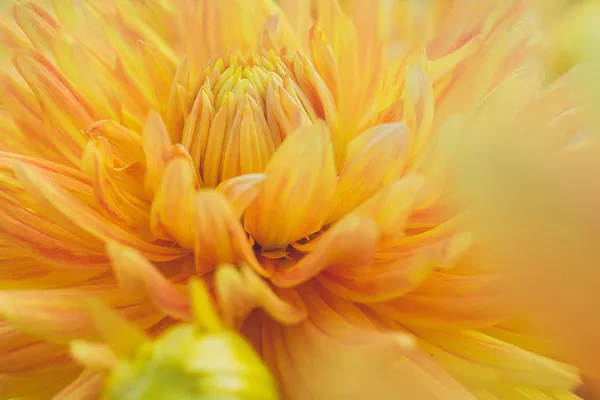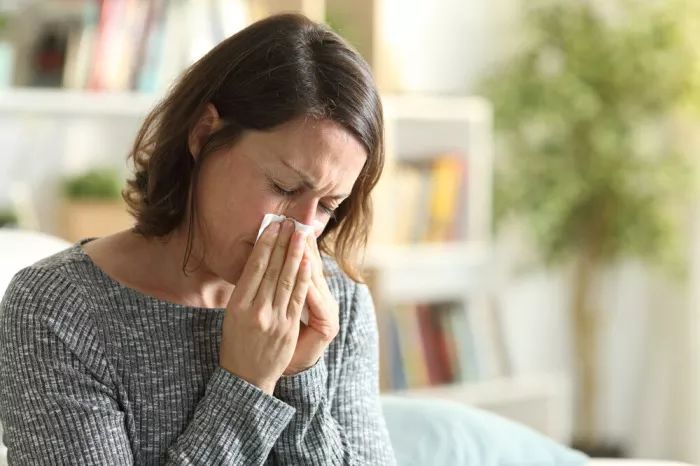As people age, many notice flat, darkened patches appearing on their skin. These spots often develop on areas frequently exposed to the sun, such as the face, hands, and shoulders. Commonly referred to as “age spots,” “sun spots,” or medically as solar lentigines, these pigmentations are a typical sign of skin aging.
Dr. Abinash Achrekar, a health expert at the University of New Mexico, explains that while most people begin to see these spots after age 50, their development is closely linked to long-term sun exposure. In fact, individuals who spend a lot of time in the sun at a younger age may notice signs of age spots even in their 30s.
How Are Age Spots Different From Freckles?
Many confuse age spots with freckles, but they are quite distinct. Freckles generally appear in childhood or adolescence and change in appearance depending on the season or sun exposure. For example, freckles tend to darken during the summer and fade in the winter.
In contrast, age spots are permanent accumulations of pigment caused by chronic ultraviolet damage to the skin. Once formed, they usually do not fade even if the skin is no longer exposed to sunlight. Dr. Achrekar emphasizes that age spots serve as a visible marker of long-term sun damage and skin aging.
Are Age Spots Dangerous?
Generally, age spots are harmless and considered a normal part of skin aging caused by UV radiation. For most people, these spots are merely a cosmetic concern without causing pain or discomfort.
However, Dr. Achrekar warns that if an age spot shows sudden changes—such as becoming darker, developing multiple colors, having irregular borders, changing shape, growing quickly, or bleeding—medical evaluation is critical. Such changes can indicate skin cancer, especially melanoma, which requires prompt diagnosis and treatment.
How Can You Prevent Age Spots?
While it’s difficult to completely prevent age spots, effective sun protection can significantly delay their appearance. Dr. Achrekar recommends daily use of broad-spectrum sunscreen with an SPF of 30 or higher, particularly during outdoor activities.
Avoiding sun exposure between 10 a.m. and 4 p.m., when UV rays are strongest, is also important. Wearing protective clothing, wide-brimmed hats, and sunglasses can further shield the skin. Additionally, skincare products containing antioxidants like vitamin C and niacinamide may help combat photoaging and support skin repair.
What Treatment Options Are Available?
For those seeking to reduce the appearance of existing age spots, several dermatological treatments are available. Topical agents such as creams containing hydroquinone, azelaic acid, or retinoids can help lighten pigmentation over time.
Procedures like laser therapy, especially intense pulsed light (IPL), and cryotherapy using liquid nitrogen are common clinical approaches that target pigment cells to promote skin renewal. Chemical peels and microneedling can also improve skin texture and reduce pigmentation. Dr. Achrekar advises that all treatments should be preceded by professional evaluation to rule out any malignant changes.
Final Advice From Experts
Dr. Achrekar concludes that while age spots are a natural sign of aging skin, they also reveal past inadequate sun protection. Adopting scientific sun care habits not only helps delay their development but also lowers the risk of more serious skin conditions, including cancer.
People should stay vigilant about any skin changes and schedule regular skin checks with healthcare professionals. Prompt medical attention for any suspicious spots is always the safest approach. Maintaining good sun protection and skincare routines is essential for healthy, youthful skin.
Related Topics






























